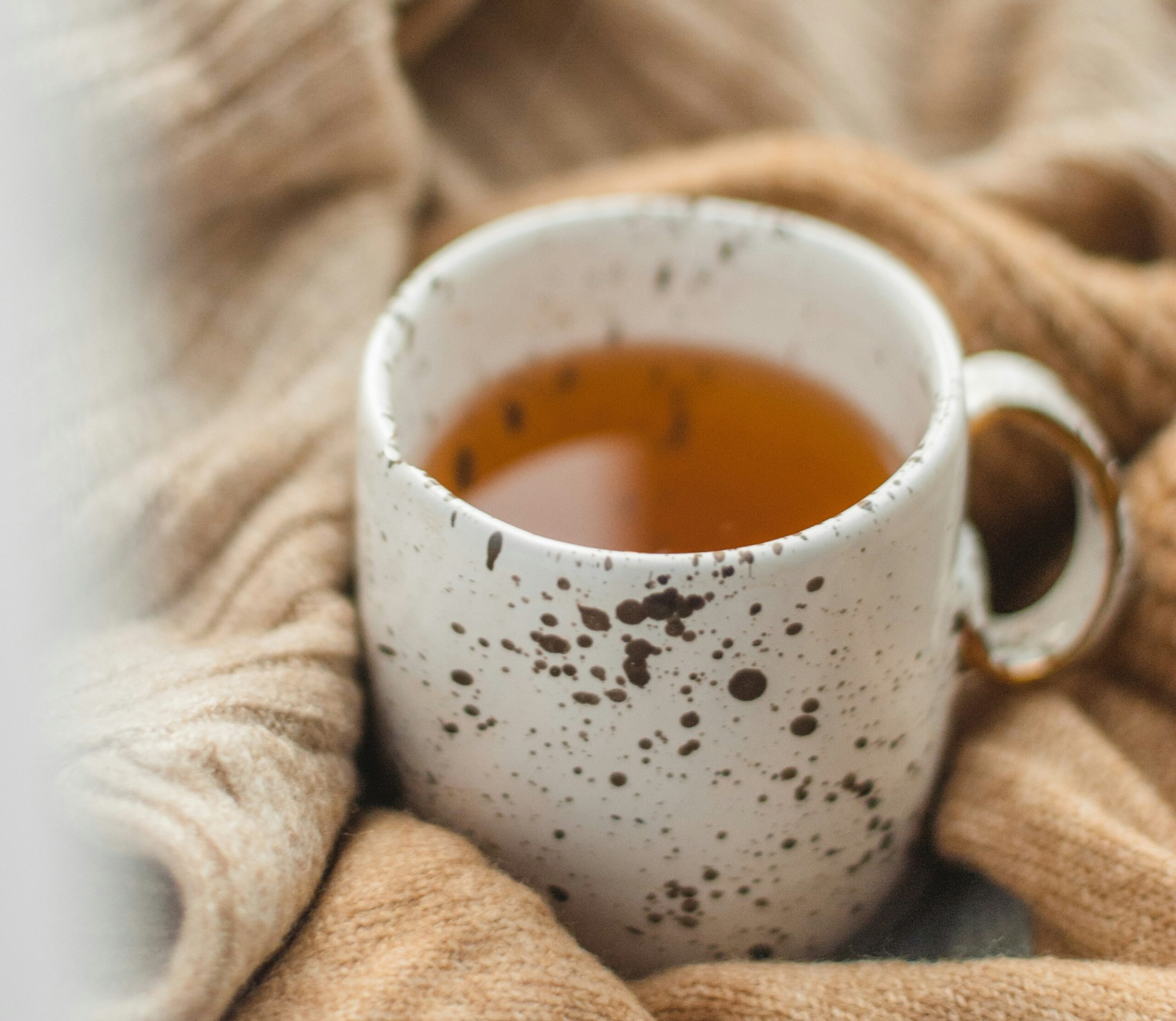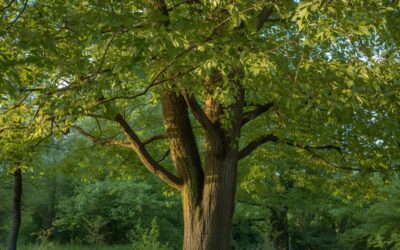Beyond Root Beer: Sassafras — Nature’s Remedy for Pain, Inflammation, & More!
Traditionally used to flavor gumbo and root beer, you may not know that sassafras is also a powerful herb in its own right. From soothing skin irritations to flushing toxins and easing arthritis symptoms, it’s a wonderfully adaptive medicinal plant. Moreover, sassafras root is a powerful diuretic that helps reduce swelling and fluid retention associated with poor kidney function. As a natural pain reliever, it can also help ease menstrual cramps and headaches.
Basic Identification
One of the unique properties of sassafras is that the leaves give off a subtle citrus smell when crushed. Once harvested, the roots of the shrub have a scent of old-fashioned root beer. The leaves are a distinct mitten shape with one to five-lobed leaves.
The tree can grow 30 to 60 feet (9 to 18.5 m) tall by 25 to 40 feet (7.5 to 12 m) wide with a rounded canopy made up of short layered branches. Sassafras blooms in early spring with clusters of small yellow flowers that are 1-2 inches (5 cm) long.
In the autumn, the tree produces small berry-sized blue drupe fruit that have a small seed covered by a fleshy exterior — it’s favored by deer and other wildlife as a food source. During this season, sassafras also provides brilliant displays of color as the leaves turn yellow, orange, deep red, and sometimes even purple before they fall.
Where Does It Grow?
A deciduous tree native to North America, sassafras will grow in USDA zones 4-9 and tolerates a wide range of soils — including clay, loam, sand, and acidic.
Harvesting
If you can find a downed sassafras tree after a storm, this is an excellent time to harvest the roots. The roots peel more easily in the winter and early spring. Alternatively, you can harvest a sassafras tree or shrub that is growing in the shade where it won’t likely thrive. In the spring, you can harvest the bark and the leaves once they are green.
Edible Uses
Famously used to flavor Louisiana gumbo and old-fashioned root beer, the young leaves can be chopped and used as a seasoning for stews, soups, meats, and more. Nearly every part of the tree can be utilized as food or medicine. The dried and powdered leaves are used as a thickening and flavoring agent. Sassafras has an earthy, spicy taste that is similar to coriander.
Recipe: Sassafras Tea
Sassafras root tea is prepared differently from most teas. First, clean the sassafras root with a brush under running water to remove all dirt. Then, place the roots in a pot with a lid and cover them with cold water, filling the pot about 3/4 full. Add a small pinch of salt (optional). If you prefer a stronger tea, use more roots; if you prefer a weaker tea, use more water. If you’re new to sassafras root tea, start with a weaker tea. Bring the water and roots to a boil, then reduce the heat and let them simmer at a high heat until the water turns a deep red color. This process may take several hours. Once the water has turned a deep red, turn off the heat and cover the pot with a lid. Allow the tea to steep for 5 to 10 minutes. Strain the tea and drink it hot as it becomes more bitter when it cools. The tea can be refrigerated and reheated for later use. If desired, sweeten with raw honey. Use with caution (see safety section below).

Medicinal Uses
The leaves, root bark, and mucilaginous pith from the tree can all be used medicinally.
Here are my top 4 uses for sassafras:
Soothes Skin Irritations, Bites, and Inflammation. A thick mucilage from the pith of the sassafras tree can be applied to skin irritations and inflamed areas, as well as wounds. You can prepare a poultice from the bruised leaves and rub it onto bug bites and other irritations for relief.
Diuretic for Swelling, Fluid Retention, Kidney Issues. A tea made from the leaf and root of sassafras is an outstanding diuretic that helps to flush toxins from the body.
Eases Menstrual Problems and Headaches. Since sassafras leaf and root have pain-relieving properties, it’s an excellent herbal remedy for addressing headaches as well as menstrual complaints — including cramping, bloating, and heavy bleeding.
Potent Anti-Inflammatory & Pain Relief For Arthritis. Sassafras root is a helpful herb for calming arthritis pain and cooling systemic inflammation. For a convenient, ready-to-use alternative to soothe arthritis pain and inflammation, see my Stinging Nettle extract in the apothecary.
But that’s not all. There are over 12 medicinal uses for sassafras in my book, The Lost Book of Herbal Remedies: The Healing Power of Plant Medicine. Detailed harvesting advice for this herb and many other easy-to-find plants are included. What’s more, it shows you how to make tinctures, decoctions, infusions, poultices, and more right in your own home. Nature does indeed provide!
Safety
The Food and Drug Administration banned the use of sassafras root in 1960 after studies revealed that safrole, the chemical compound found in sassafras root, may be a potential carcinogen. Extended use of safrole has been associated with increased rates of cancer and liver damage. However, it is considered safe for short-term use when used within the proper dosage.
Sassafras may lead to stomach upset, vomiting, elevated blood pressure, hallucinations, and even death if taken in excessive amounts long-term. Do not use it if pregnant or nursing. Safer alternatives are available in the form of safrole-free sassafras products. Some people are allergic.
Nicole Apelian





